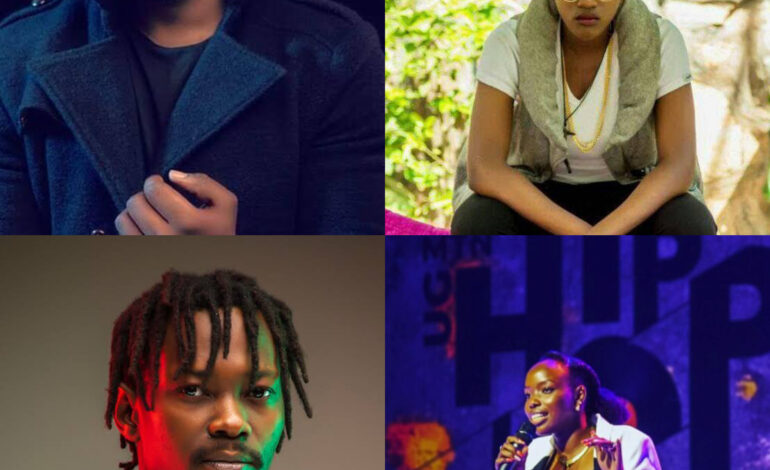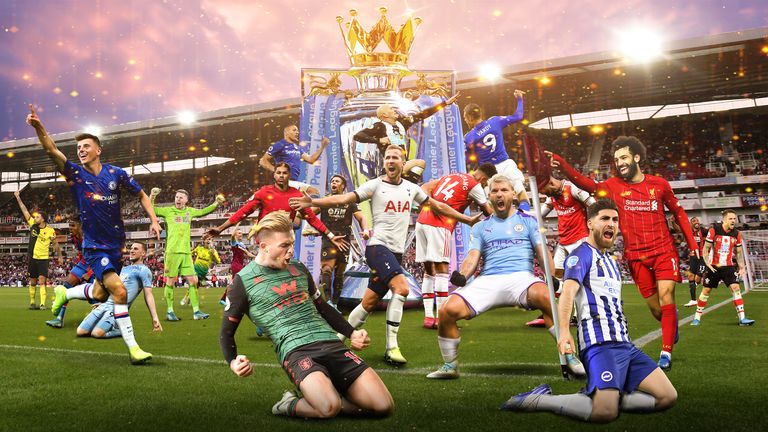The voice of the people can come in many different forms. Expression itself is one of the few tools an artist still has the possibility to fully control. In our current fusion era of music, its wholly natural that the ways that we once expressed our hip hop as a blend of spoken word and soul/rhythm and blues would itself become one. As the most popular genre of music in the world rap culture has found itself more experimental than ever, a major part of this modern exploration is the trap rap croon. Whether it’s the years of pain and torment below the braggart surface of the maestro Future, or the sometimes overwhelmingly saccharine wailing of Young Thug in a catalog full of threats for outsiders and love for his girl, a following has developed representing a generation of people who view the escape as the lifestyle.

Trap Rap itself has always been much more than occupational rhymes, it has been a stand in for the conditions faced by those in the community who must struggle and do what it takes to succeed. As the popularity has grown so has the avenues of struggle that occupy its dimensions. Love, mental health, loss, and addictions…all factors that made rap the novel of the early 90’s have re-arrived in the form of trap-crooning. The usage of a singing voice helps to amplify what speaking simply cannot. It heightens the emotional toil being expressed whether that’s positive or negative.
What really sets apart the singing of this new sub-genre from that of the drake-i-nization of current hip-hop rap singing is a core of vulnerability that is equal yet not interpreted as, as sensitive as Drizzy. Compare a song like Marvin’s Room or by Drake and just about any verse on Thugga’s collaborative (with Rich Homie Quan) all things love (romance, bromance, heartbreak, etc) opus Tha Tour Vol 1 and you can see very clearly that there’s only one of these artists you’d want to come across walking with his girl in an alley. Amazingly, these artists have been able to maintain their street cred and tough talk while balancing out singing about an array of issues as deep as suicidal thoughts and losing the love of your life (and the many bitter male fantasy thoughts that come with).
This is a balance that rap legend LL Cool J tip toed for many years successfully without ever straying to far extreme to one side or the other while maintaining his authenticity. By allowing the trap rap crooners of today to paint themselves more fully, it has given the necessary boost to the movement to sustain it as other subgenres begin to form, but more importantly it allows us to relate to our artists again dealing with situations that aren’t occupied by only those with riches or special ability.


